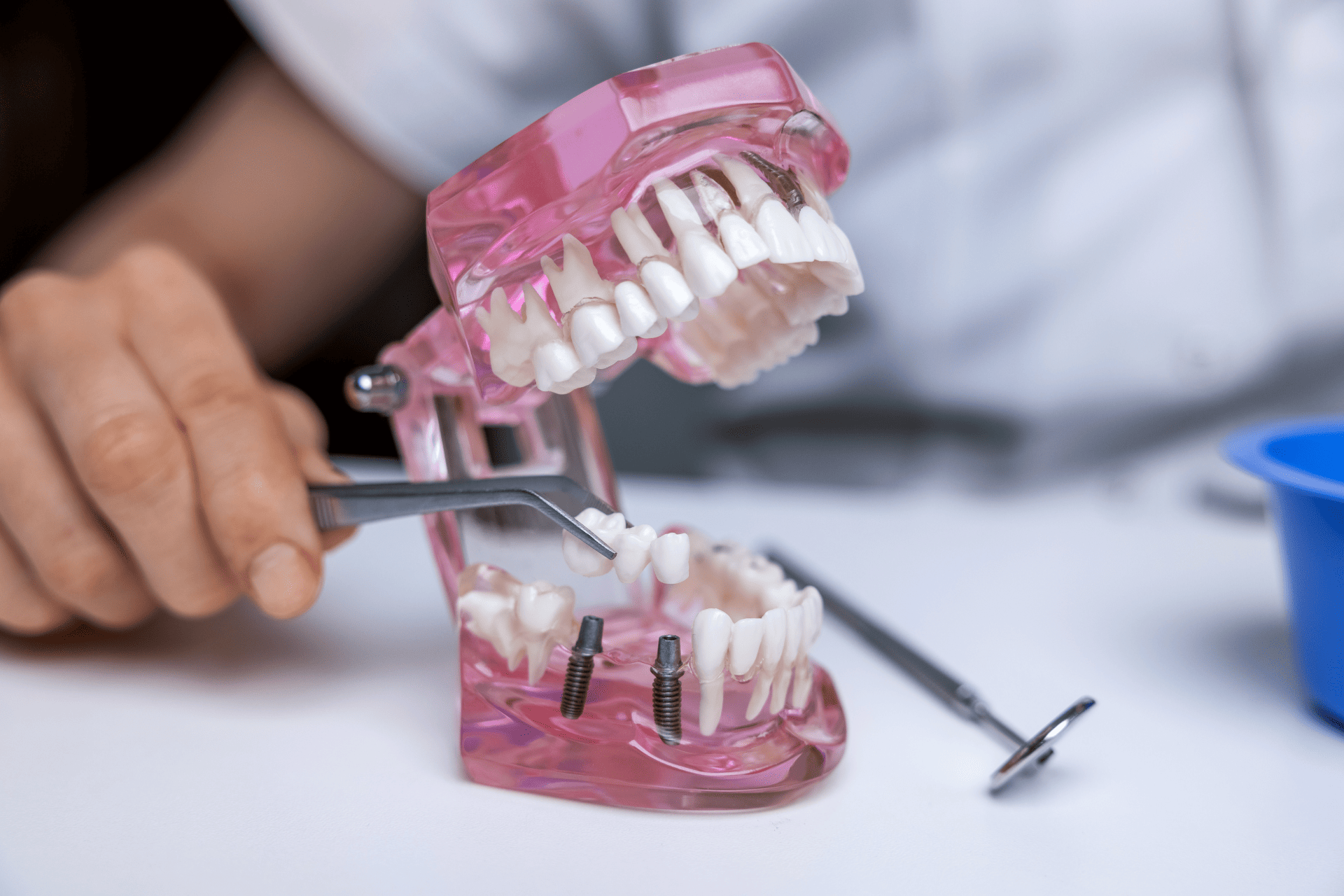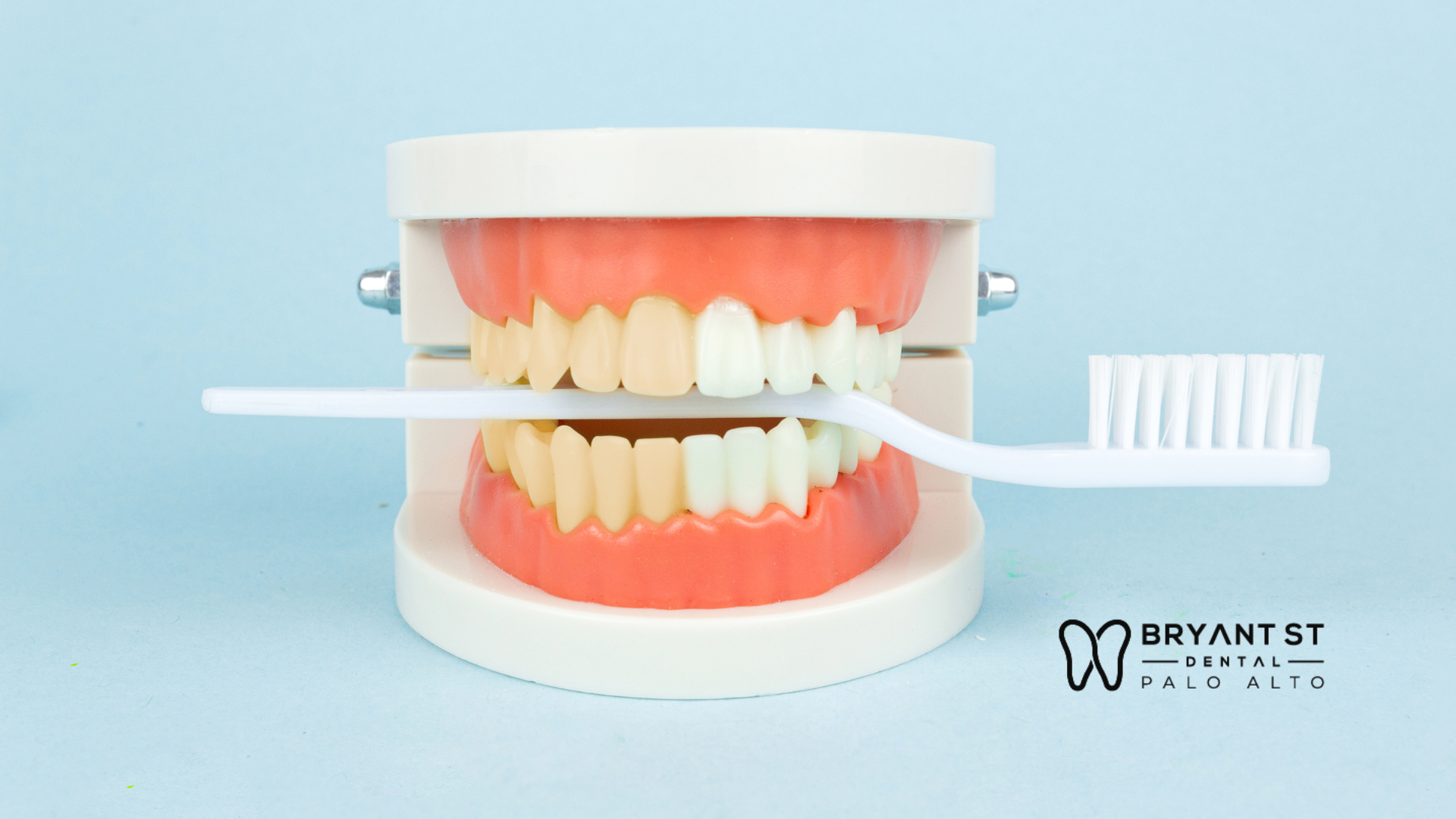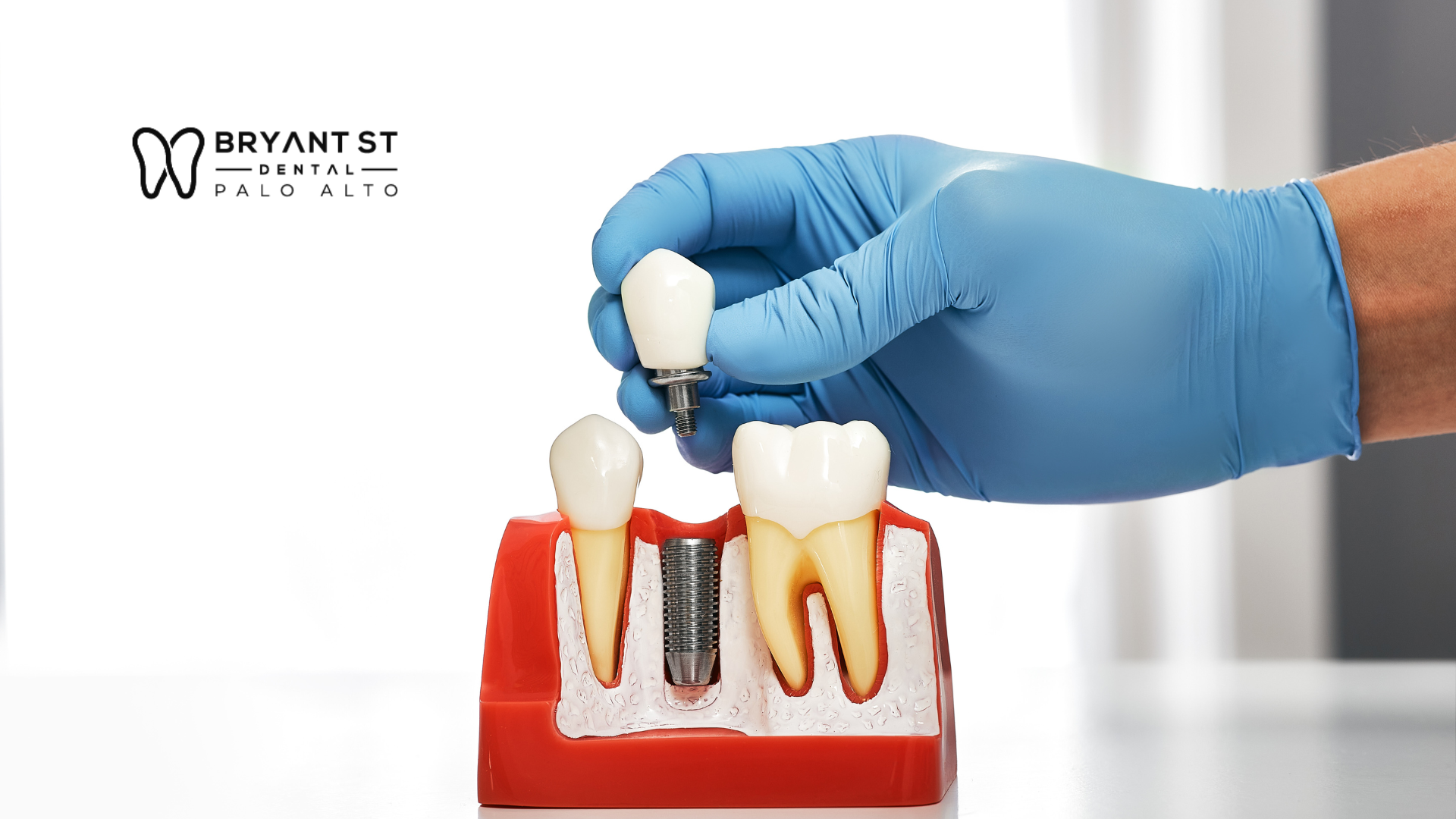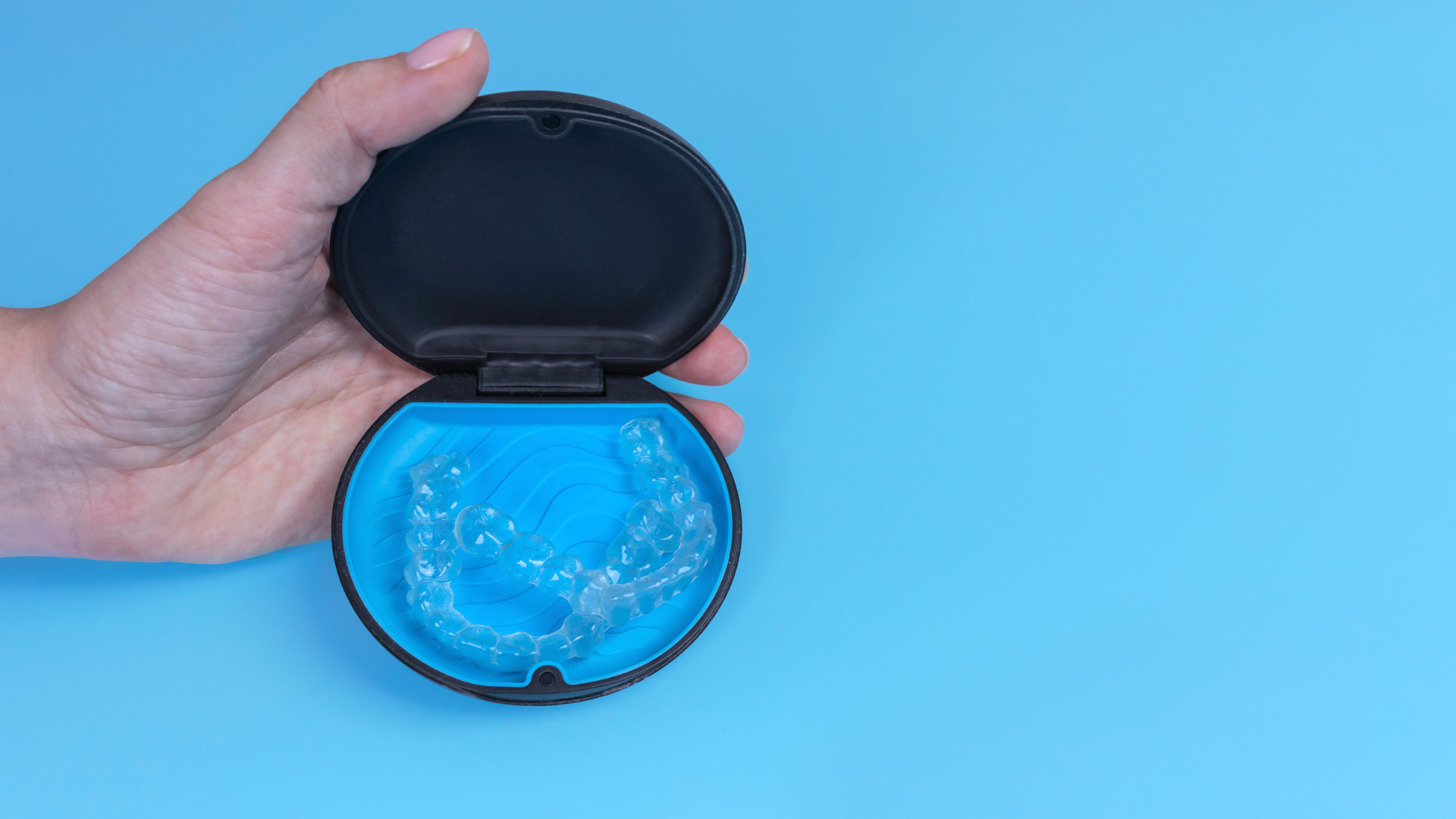Dental bridges are a common dental restoration used to replace missing teeth and restore oral function. Understanding the factors that affect the lifespan of dental bridges, the different types available, signs indicating the need for replacement, and maintenance tips can help individuals make informed decisions about their oral health care. Here are key takeaways from the article:
Key Takeaways
- Quality of materials used in dental bridges significantly impacts their longevity.
- Proper oral hygiene, including regular brushing and flossing, is essential for maintaining the health of dental bridges.
- Regular dental check-ups help detect any issues with dental bridges early on, increasing their lifespan.
- Different types of dental bridges, such as traditional, cantilever, and Maryland bridges, have varying levels of durability.
- Signs like a loose or shifting bridge, pain, discomfort, or visible damage indicate the need for dental bridge replacement.
Factors Affecting the Lifespan of Dental Bridges
Quality of Materials Used
The longevity of dental bridges is significantly influenced by the materials from which they are constructed. High-quality materials such as porcelain fused to metal, ceramic, or zirconia can greatly enhance the durability of a bridge. These materials are chosen for their strength and ability to withstand the daily pressures of chewing and biting.
- Porcelain fused to metal bridges combine the strength of metal with the aesthetic appeal of porcelain.
- Ceramic bridges are prized for their natural appearance and compatibility with the human body.
- Zirconia bridges are known for their exceptional durability and resistance to wear.
The selection of superior materials may come at a higher initial cost, but the investment can lead to fewer complications and a longer lifespan for the dental bridge.
Proper Oral Hygiene
Maintaining proper oral hygiene is crucial for the longevity of dental bridges. Good oral care helps prevent plaque buildup and gum disease, which can negatively affect the anchoring teeth that support the bridge.
- Brush your teeth twice a day with fluoride toothpaste.
- Floss daily, using tools designed to clean around and under the bridge.
- Rinse with an antiseptic mouthwash to reduce bacteria in your mouth.
Consistent oral hygiene practices are not only vital for the health of your dental bridge but also for your overall oral health. Neglecting these habits can lead to complications that may require premature replacement of the bridge.
Regular Dental Check-ups
Attending regular dental check-ups is crucial for the longevity of dental bridges. During these visits, dentists can identify and address minor issues before they escalate into major problems that could compromise the bridge. Routine examinations allow for the early detection of potential bridge failures, ensuring timely interventions.
- Professional cleaning to remove plaque and tartar
- Assessment of bridge stability and fit
- Adjustment of bridges if necessary
Regular check-ups are not just about prevention; they are also an opportunity for dentists to educate patients on how to care for their dental bridges effectively.
Types of Dental Bridges and Their Durability
Traditional Dental Bridges
Traditional dental bridges are one of the most common types of dental bridges. They consist of one or more fake teeth, known as pontics, which are held in place by dental crowns cemented onto the adjacent teeth. The durability of traditional bridges can vary significantly, often lasting between 5 to 15 years before needing replacement.
- The lifespan of a traditional bridge depends on the materials used, with porcelain fused to metal (PFM) being a popular and durable choice.
- Good oral hygiene and regular dental visits are crucial for maintaining the integrity of the bridge.
It is essential to address any issues with the adjacent teeth promptly, as their health directly impacts the stability and longevity of the bridge.
Cantilever Bridges
Cantilever bridges are a type of dental restoration that, unlike traditional bridges, are supported by a dental crown on only one side. This unique design makes them suitable for areas with fewer teeth to anchor onto. Their durability can be slightly less than traditional bridges due to the unilateral support, which can lead to higher stress on the anchoring tooth over time.
- Typically used when there are adjacent teeth on only one side of the missing tooth or teeth.
- Ideal for areas that do not endure intense biting pressure, such as the front teeth.
Cantilever bridges require precision in their creation and placement to ensure they do not place undue stress on the supporting tooth. The longevity of a cantilever bridge largely depends on the health and strength of the single supporting tooth and the care it receives post-procedure.
Maryland Bridges
Maryland bridges, also known as resin-bonded bridges, are a conservative alternative to traditional bridges. They are typically used to replace front teeth and are less invasive because they do not require extensive preparation of the adjacent teeth. Instead, Maryland bridges are anchored by a metal or porcelain framework that is bonded to the backs of the adjacent teeth.
- Less invasive procedure compared to traditional bridges.
- Often more affordable due to less extensive dental work.
- Ideal for patients who desire a less permanent solution or those with teeth that may not support a traditional bridge.
Maryland bridges can be a good choice for patients looking for a balance between cost, invasiveness, and aesthetics. However, they may not be as durable as other types of bridges and can become dislodged if not cared for properly.
Signs That Indicate a Dental Bridge Needs Replacement
Loose or Shifting Bridge
A dental bridge that feels loose or shifts when you chew or speak is a clear sign that it may need to be replaced. This instability can be due to a variety of reasons, such as a failing dental cement or a change in the supporting teeth's structure.
- Check for movement by gently biting down or touching the bridge.
- Pay attention to any changes in the way the bridge feels over time.
- Consult your dentist if you notice any looseness or shifting.
It's crucial to address a loose bridge promptly to prevent further oral health issues. A stable bridge is essential for proper chewing and speech, and to maintain the health of adjacent teeth and gums.
Pain or Discomfort
Experiencing pain or discomfort around the dental bridge area can be a sign that the bridge needs attention or replacement. It's important not to ignore these symptoms as they may indicate underlying issues such as decay or infection.
- Persistent pain should prompt a visit to the dentist.
- Sensitivity to temperature or pressure may also be a cause for concern.
- Discomfort while chewing can suggest that the bridge is no longer fitting correctly.
If the discomfort is accompanied by other signs such as swelling or redness, it's crucial to seek dental advice promptly to prevent further complications.
Visible Damage
Visible damage to a dental bridge is a clear sign that it may need to be replaced. This can include chips or cracks in the porcelain, or visible wear on the areas where the bridge attaches to the natural teeth. It's important to address these issues promptly to prevent further complications.
- Inspect your bridge regularly for any signs of damage.
- If you notice any irregularities, schedule an appointment with your dentist immediately.
Even minor damage can affect the integrity of the bridge and lead to more serious problems if left unattended.
Maintenance Tips to Extend the Lifespan of Dental Bridges
Brushing and Flossing Techniques
Proper brushing and flossing techniques are crucial for the longevity of dental bridges. Ensuring that all surfaces of the teeth and bridge are thoroughly cleaned can prevent plaque buildup and potential damage.
- Use a soft-bristled toothbrush to gently clean the teeth and bridge.
- Brush at least twice a day, paying special attention to the areas around and under the bridge.
- Floss daily using a floss threader or special bridge floss to remove plaque and food particles from under the bridge and between the teeth.
Consistent and careful cleaning around the dental bridge is essential to avoid the accumulation of bacteria that can lead to infections and decay, which may compromise the integrity of the bridge.
Remember, while brushing and flossing are important, they should be done with care to avoid putting excessive pressure on the bridge, which could lead to damage or a reduced lifespan.
Avoiding Hard Foods
Dental bridges, much like natural teeth, can be damaged by biting into hard foods. Avoiding hard foods such as ice, hard candies, and nuts can prevent potential damage to the bridge structure.
- Be mindful of the foods you eat and opt for softer alternatives when possible.
- Cut food into smaller pieces to reduce the stress on your dental bridge during chewing.
It's not just about avoiding damage; it's also about preserving the integrity of the bridge and the comfort of your bite.
Remember, while dental bridges are durable, they are not indestructible. Steering clear of habits that could compromise your dental work is key to maintaining its longevity.
Using Mouthwash Regularly
Incorporating mouthwash into your daily dental care routine can play a significant role in extending the lifespan of your dental bridges. Antiseptic mouthwashes help to eliminate bacteria that can lead to plaque buildup and gum disease, both of which can undermine the integrity of your dental bridges.
- Choose a mouthwash that is specifically designed to work with dental work like bridges.
- Use the mouthwash at least once a day, following brushing and flossing, to reach areas that are difficult to clean with a toothbrush alone.
Consistent use of mouthwash can not only freshen your breath but also provide an added layer of protection for your dental bridges against potential threats.











